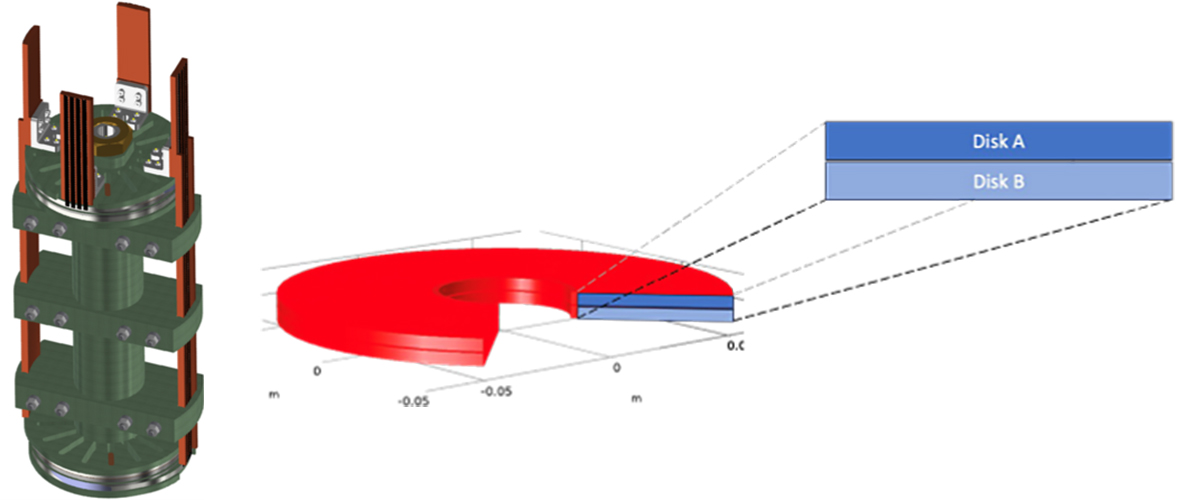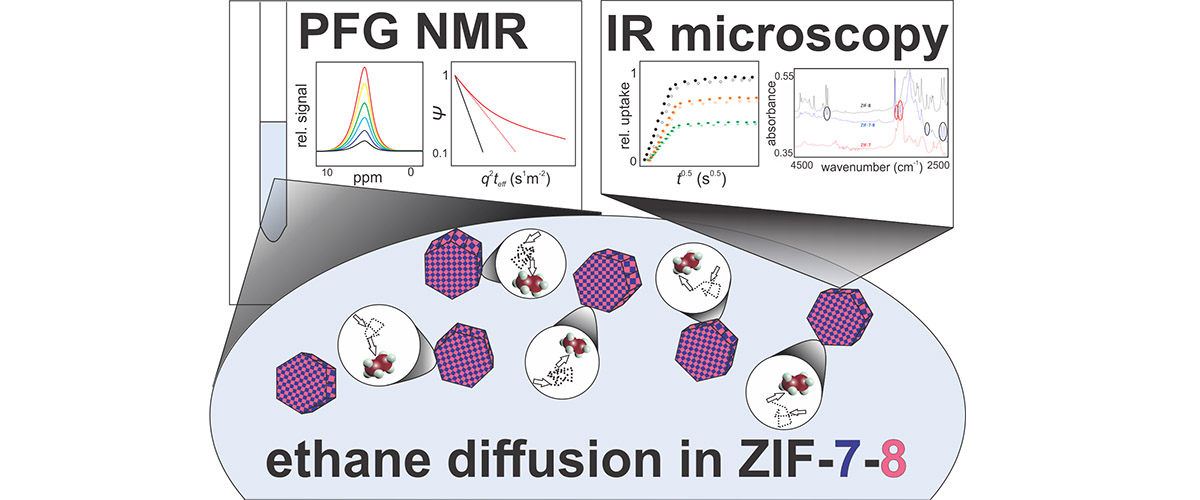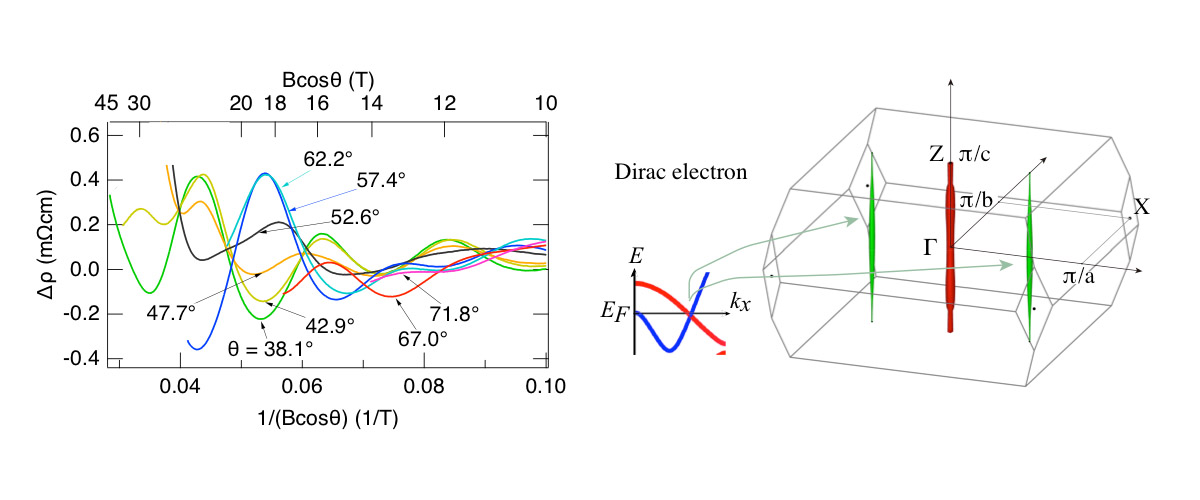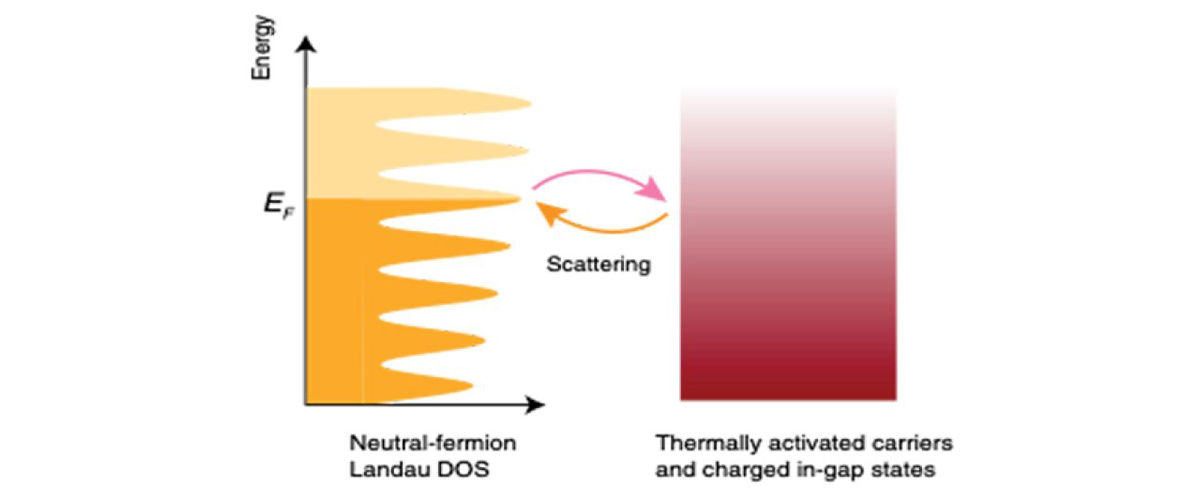What did scientists discover?
High-temperature superconducting (HTS) user magnets at the MagLab are presently designed to use Rare Earth – Barium – Copper – Oxygen (REBCO) tape that has been wound into double layer coils, called “double layer pancake modules” because their geometrical dimensions resemble those of a pancake. These modules are then stacked and interconnected to form larger test coils and, eventually, a final high-field user magnet. Here, MagLab engineers and technicians developed a method for testing individual REBCO-wound double pancake modules to high operating currents. These tests are necessary to learn whether each module is suitable for inclusion in the final high-field magnet. This new testing method can serve as an intermediate check between tape characterization done on short samples of long lengths of tape and full coil stack testing, which may contain many kilometers of tape and become very labor intensive to replace a module found to be bad.
Why is this important?
Test coils can include as many as a couple dozen pancake modules. The construction and assembly of these test coils is extremely labor intensive. Indeed, it can take four months or more to fabricate and test a test coil. Furthermore, testing consumes hundreds of liters of expensive liquid helium. If one underperforming pancake module is installed in the test coil, the entire test coil must be disassembled, the bad module replaced, and the entire coil retested. During the retest, the coil will still be limited by its lowest performing module, which could lead to yet another expensive round of disassembly, replacement, reassembly, and retesting. By testing individual pancake modules, a much higher degree of confidence is obtained that the larger-sized test coils will operate as intended.
Who did the research?
E. Bosque, D. Abraimov, H. Bai, M. Bird, K. Cantrell, I. Dixon, A. Gavrilin, S. Gundlach, J. Jaroszynski, B. Jarvis, K. Kim, W. Marshall, T. Painter
National High Magnetic Field Laboratory
Why did they need the MagLab?
Development of HTS magnets requires a team of technical experts that span the full range of analysis, design, fabrication and testing. The team of thirty engineers and technicians in the MagLab’s Magnet Science and Technology group, combined with the many materials experts at the MagLab’s Applied Superconductivity Center, provide a full spectrum of critical expertise that is only available at the MagLab.
Details for scientists
- View or download the expert-level Science Highlight, High-Magnetic-Field Quality Assurance of High-Temperature-Superconducting Modules
- Read the full-length publication, Screening current rotation effects: SCIF & strain I REBCO magnets, in Superconductor Science and Technology
Funding
This research was funded by the following grants: G.S. Boebinger (DMR-1644779, DMR-1938789, DMR-2131790, DMR-2128556) and the State of Florida
For more information, contact Ernesto Bosque.






